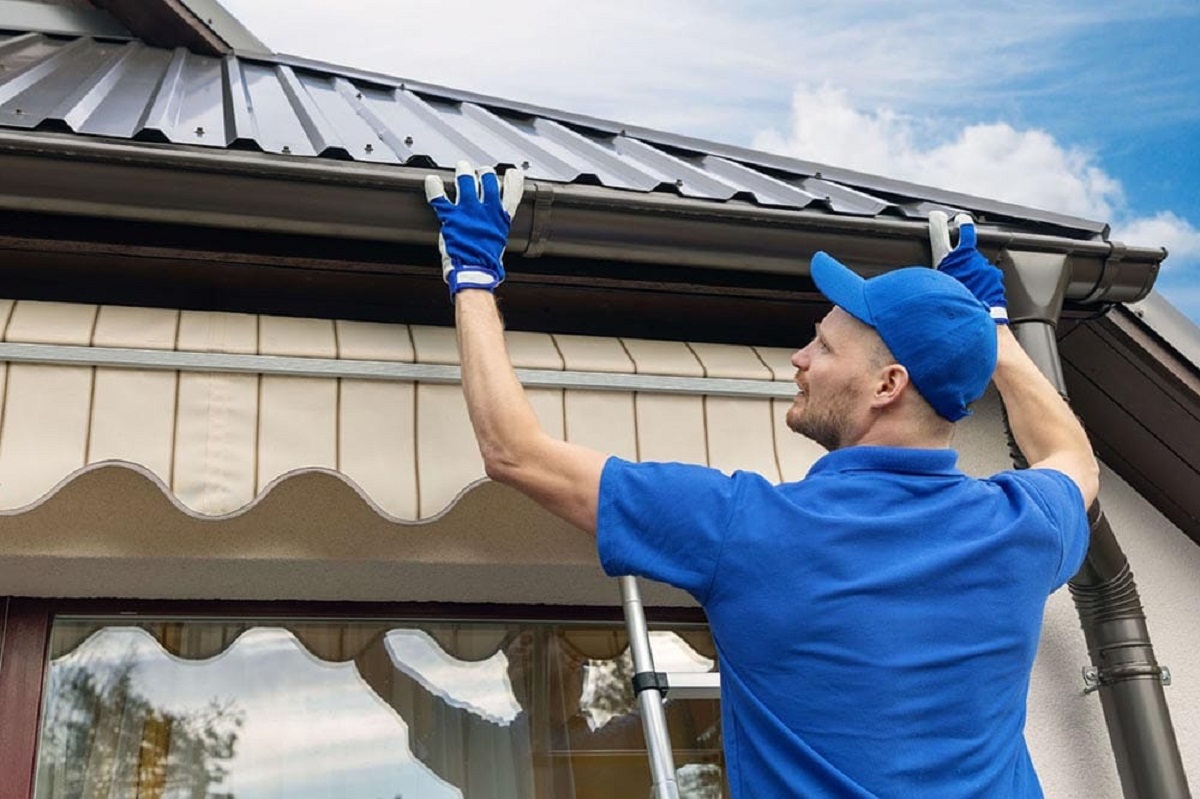

Articles
How Far Should Gutters Extend Past The Roof
Modified: October 20, 2024
Learn the importance of gutter extension beyond the roofline to prevent water damage. Read our informative articles for expert advice and tips.
(Many of the links in this article redirect to a specific reviewed product. Your purchase of these products through affiliate links helps to generate commission for Storables.com, at no extra cost. Learn more)
Introduction
Gutters are an essential component of any roofing system, often overlooked but crucial for the protection of your home. They play a vital role in directing rainwater away from the roof and the foundation, preventing water damage and structural issues.
One important aspect to consider when it comes to gutters is how far they should extend past the roof. This may seem like a minor detail, but it can have significant implications for the effectiveness of your gutter system. Determining the appropriate gutter extension length is crucial in ensuring that rainwater is properly diverted away from your home.
In this article, we will explore the importance of gutters, the purpose of gutters on roofs, factors to consider when determining gutter extension, recommended gutter extension lengths, and potential issues that can arise from improper extension. By understanding these factors, you can make informed decisions and maintain a well-functioning gutter system for your home.
Key Takeaways:
- Proper gutter extension is crucial for protecting your home from water damage, foundation issues, and landscape erosion. Consider roof pitch, rainfall intensity, and proximity to adjacent structures when determining the appropriate length.
- Regular inspection, maintenance, and adjustments of gutter extensions are essential to prevent potential issues such as roof damage, foundation problems, and basement flooding. Consult with professionals and observe neighboring homes for guidance.
Importance of Gutters
Gutters are an integral part of a roofing system and provide several important benefits for your home. Here are some key reasons why gutters are important:
- Preventing water damage: Gutters help channel rainwater away from your roof, preventing it from seeping into the structure and causing damage. Without gutters, rainwater can accumulate on the roof, leading to leaks, rot, and mold growth.
- Protecting the foundation: Properly functioning gutters direct rainwater away from the foundation of your home. This helps prevent soil erosion and foundation damage, which can lead to costly repairs.
- Preserving landscaping: Gutters prevent the excessive flow of rainwater from damaging your garden beds, flower beds, and other landscaping elements. This helps maintain the aesthetic appeal of your property.
- Preventing basement flooding: When gutters are installed correctly and extended away from the foundation, they help prevent rainwater from seeping into the basement. This is especially important in areas prone to heavy rainfall.
- Protecting exterior surfaces: By directing water away from the exterior walls of your home, gutters prevent staining, water damage, and deterioration of the siding, paint, and other exterior finishes.
Understanding the importance of gutters emphasizes the need to maintain and optimize their functionality. Determining the appropriate gutter extension length is a crucial aspect of ensuring that they effectively perform their intended function.
Purpose of Gutters On Roofs
The primary purpose of gutters on roofs is to collect and redirect rainwater that falls on the roof surface. By diverting rainwater away from the roof, gutters help protect various components of your home and maintain its structural integrity. Here are some key purposes of gutters on roofs:
- Rainwater management: The main function of gutters is to manage the flow of rainwater, ensuring that it is properly collected and directed away from the roof and foundation. Without gutters, rainwater can accumulate on the roof, leading to water damage, leaks, and other issues.
- Preventing erosion: Gutters play a crucial role in preventing soil erosion around the foundation of your home. By directing rainwater away from the foundation, gutters help maintain the stability of the soil and prevent foundation damage.
- Protecting exterior surfaces: When rainwater flows off the roof without gutters, it can splash onto the exterior walls, causing staining, deterioration, and damage to the siding, paint, and other finishes. Gutters help protect these surfaces by channeling water away from them.
- Preventing basement flooding: Gutters with proper extension direct rainwater away from the foundation, reducing the risk of water seeping into the basement. This can help prevent costly damage and the growth of mold and mildew.
- Maintaining landscaping: By directing water away from the roof’s edge, gutters prevent the excessive flow of rainwater that can damage plants, flower beds, and other landscaping features near the house.
Overall, the purpose of gutters on roofs is to protect your home from the damaging effects of water. By effectively collecting and redirecting rainwater, gutters help preserve the structural integrity of your roof, foundation, and exterior surfaces.
Factors to Consider When Determining Gutter Extension
When determining the appropriate gutter extension length, several factors should be taken into consideration. The goal is to ensure that rainwater is effectively directed away from your home and its foundation. Here are some key factors to consider:
- Roof pitch: The pitch or slope of your roof plays a significant role in determining how far gutters should extend. Steeper roofs tend to allow water to flow faster, requiring longer gutter extensions to prevent water from overflowing. Lower pitch roofs may not require gutter extensions as long as there is adequate slope to direct water away from the house.
- Rainfall intensity: The amount of rainfall in your area also influences the necessary length of gutter extensions. If you live in an area with heavy rainfall, longer extensions may be needed to handle the larger volume of water and prevent overflow.
- Roof size and shape: The size and shape of your roof contribute to the amount of rainwater that collects on the roof’s surface. Larger roofs generally require longer extensions to adequately handle the water runoff. Additionally, complex roof shapes with multiple valleys and corners may require additional gutter extensions to ensure proper water flow.
- Proximity to adjacent structures: Consider the distance between your home and neighboring buildings or structures. Gutter extensions should be long enough to prevent rainwater from draining towards these structures and causing potential damage.
- Sloping landscape: If your property has sloping terrain, consider how the water will naturally flow. Gutter extensions should be adjusted accordingly to ensure water is directed away from the house and towards suitable drainage areas.
Considering these factors will help you determine the appropriate length for your gutter extensions. It is crucial to strike a balance between ensuring proper water diversion and avoiding excessive extension lengths that may impact the aesthetics of your home.
Gutters should extend at least 1 inch past the edge of the roof to ensure proper water drainage and prevent water damage to the exterior of the building.
Recommendations for Gutter Extension Length
When it comes to determining the length of gutter extensions, it is important to consider the specific characteristics of your home and its surroundings. While there are no hard and fast rules, following some general recommendations can help ensure effective rainwater management. Here are some guidelines to consider:
- Extend past the drip line: The drip line refers to the outermost edge of the roof where water drips off. It is generally recommended to extend gutter downspouts at least a few feet past the drip line. This helps ensure that rainwater is completely diverted away from the roof and foundation.
- Consider your climate: If you live in an area with heavy rainfall or frequent storms, it may be necessary to extend your gutter downspouts even farther to handle the increased water volume. Consult local building codes and recommendations to determine the appropriate extent for your specific climate.
- Observe neighboring homes: Take a look at the gutter extensions of neighboring houses, especially those that have similar roof types and pitches to yours. Observing the extensions in the same area can give you a better idea of what is commonly used and accepted.
- Consult with professionals: If you are uncertain about the appropriate gutter extension length for your home, it may be beneficial to consult with roofing or gutter professionals. They can assess the specific characteristics of your roof and provide expert advice tailored to your needs.
- Regular inspections and adjustments: Over time, it is important to inspect your gutter system and assess its effectiveness in diverting water away from the house. If you notice any issues or areas where water is not properly directed, make necessary adjustments to the length of gutter extensions.
While these recommendations provide a starting point, it is crucial to account for the unique factors and requirements of your home. Remember that the ultimate goal is to ensure that rainwater is effectively channeled away from your roof and foundation, minimizing the risk of water damage and preserving the integrity of your home.
Read more: How Far Away From House Should Gutters Drain
Potential Issues with Improper Gutter Extension
Improper gutter extension can lead to a range of issues that can negatively impact your home. Failing to adequately divert rainwater away from your roof and foundation can result in costly damage and maintenance issues. Here are some potential problems that can arise from improper gutter extension:
- Water damage to the roof: If gutter extensions are too short or improperly placed, rainwater can overflow and accumulate on the roof, leading to water damage, leaks, and rot. This can compromise the integrity of the roof structure and require costly repairs.
- Foundation problems: Without proper gutter extension, rainwater may pool around the foundation, seep into the soil, and cause foundation damage. This can result in structural issues, uneven settling, and expensive foundation repairs.
- Basement flooding: Insufficient or misdirected gutter extensions can contribute to water seepage into basements or crawl spaces. This can lead to floods, mold growth, and damage to stored items or the overall structural integrity of the home.
- Landscape erosion: When rainwater is not effectively diverted away from the house, it can erode the soil, wash away mulch, and damage your landscaping. This can impact the aesthetics of your property and require additional maintenance and repairs.
- Siding and exterior damage: Water overflowing from improperly extended gutters can splash onto the exterior walls, causing staining, deterioration, and damage to the siding, paint, and other finishes. This can diminish the curb appeal of your home and require costly repairs.
- Pest infestation: Stagnant water caused by improper gutter extension can create an environment conducive to mosquito breeding and other pests. This can pose health risks and cause nuisance for homeowners.
Therefore, it is crucial to ensure that your gutters are properly extended to effectively channel rainwater away from your home. Regular inspection, maintenance, and adjustment of gutter extensions are essential to prevent these potential issues and preserve the longevity and value of your property.
Conclusion
Proper gutter extension is a critical aspect of maintaining a functional and effective gutter system for your home. The importance of gutters cannot be overstated, as they play a crucial role in protecting your roof, foundation, and overall property from water damage.
When determining the appropriate length for your gutter extensions, it is essential to consider factors such as roof pitch, rainfall intensity, roof size and shape, proximity to adjacent structures, and the slope of your landscape. Following general recommendations and consulting with professionals can help ensure that rainwater is effectively directed away from your home.
Failure to implement proper gutter extensions can lead to a range of issues, including roof damage, foundation problems, basement flooding, landscape erosion, and siding damage. These issues can result in costly repairs, compromise the structural integrity of your home, and diminish its overall value.
Regular inspection, maintenance, and adjustments of your gutter system are crucial to ensure its proper functioning. Over time, it may be necessary to make modifications to the length of gutter extensions as your needs change or the environment around your home evolves.
In conclusion, understanding the importance of gutters and the factors to consider when determining gutter extension length is essential for the protection and longevity of your home. By maintaining a well-designed and properly extended gutter system, you can prevent water damage, foundation issues, and other potential problems, safeguarding your investment and ensuring the well-being of your home and its occupants.
Frequently Asked Questions about How Far Should Gutters Extend Past The Roof
Was this page helpful?
At Storables.com, we guarantee accurate and reliable information. Our content, validated by Expert Board Contributors, is crafted following stringent Editorial Policies. We're committed to providing you with well-researched, expert-backed insights for all your informational needs.
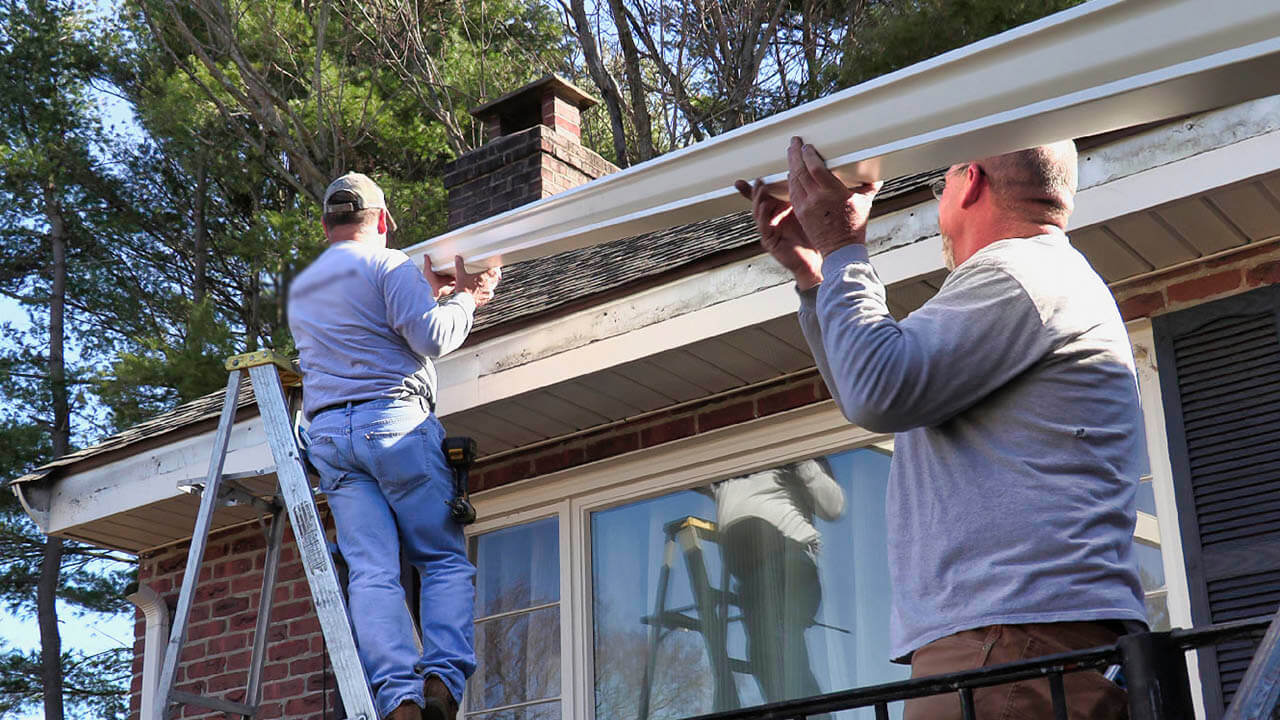



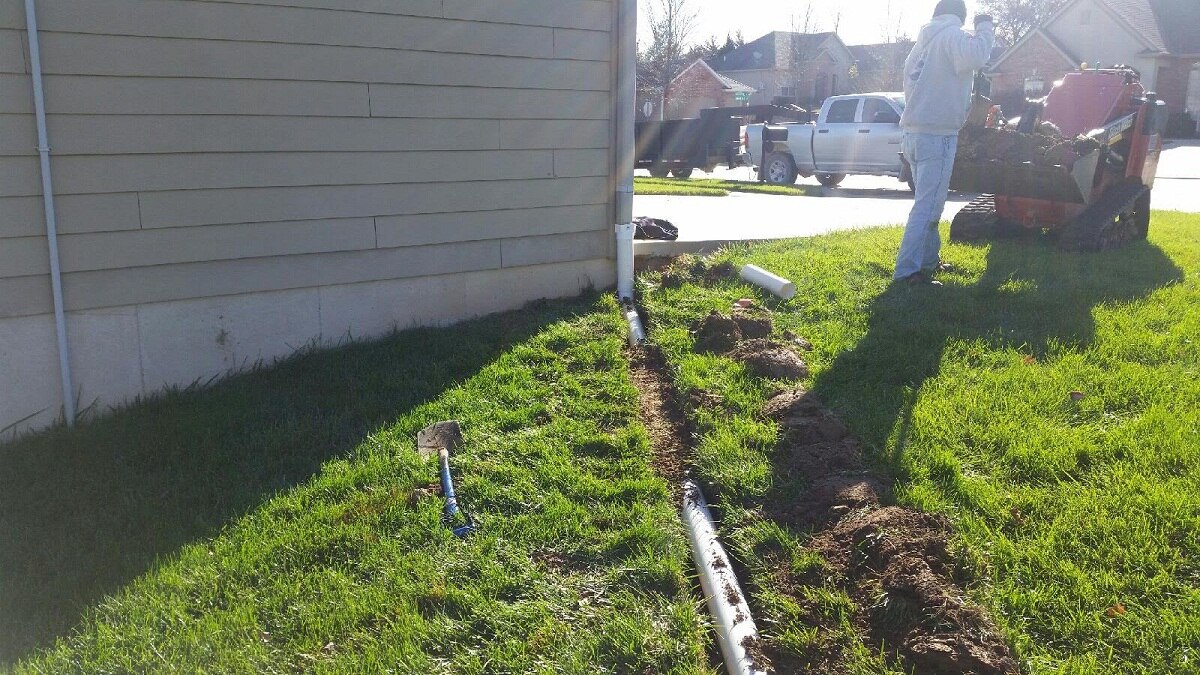
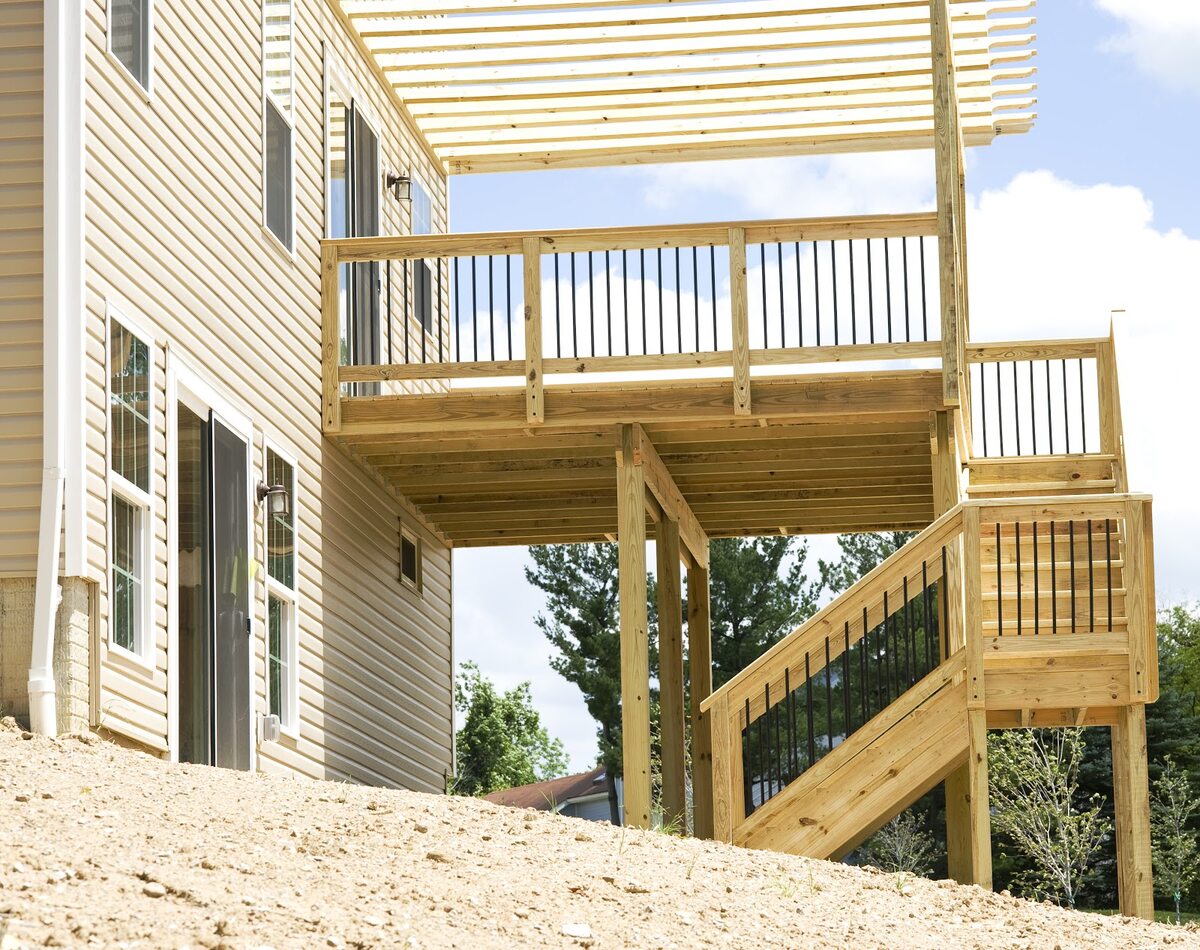
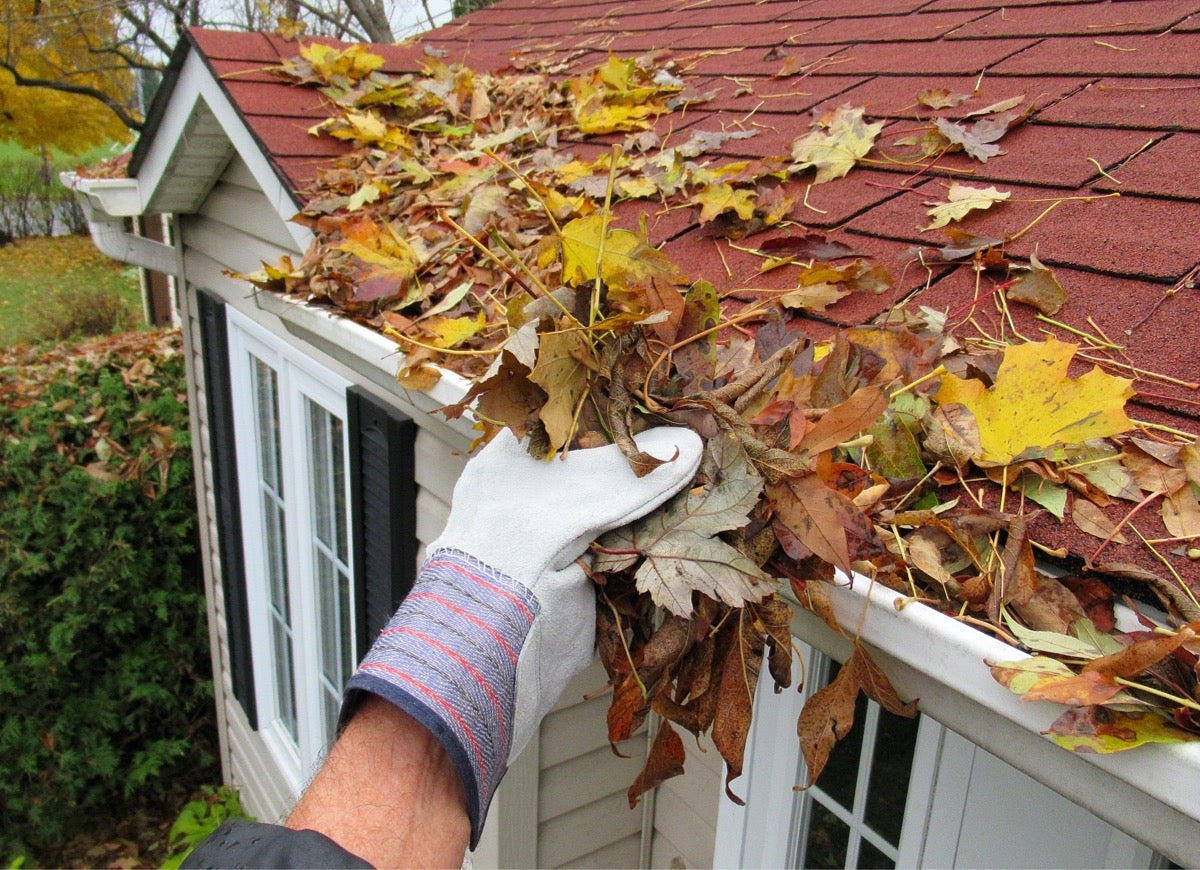
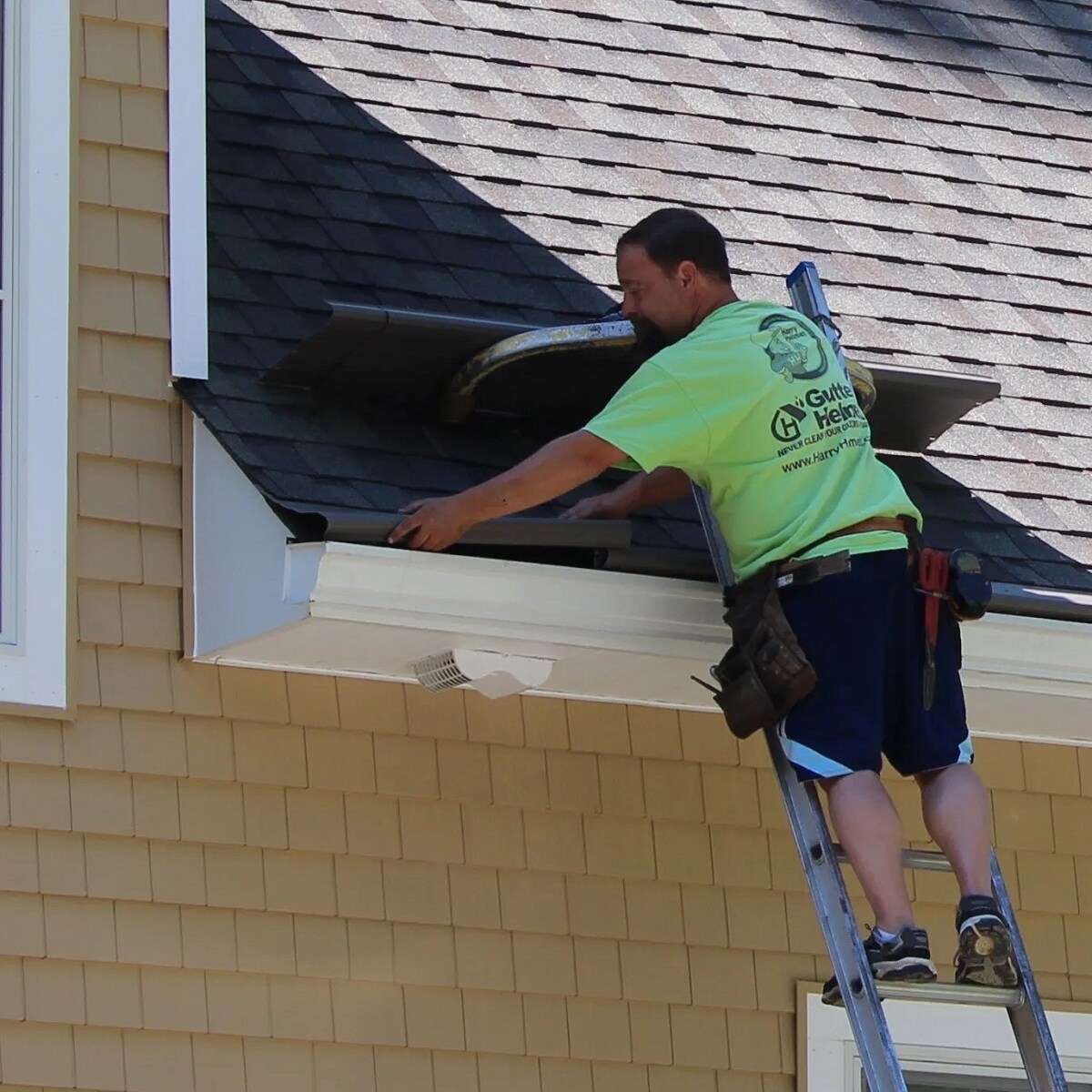
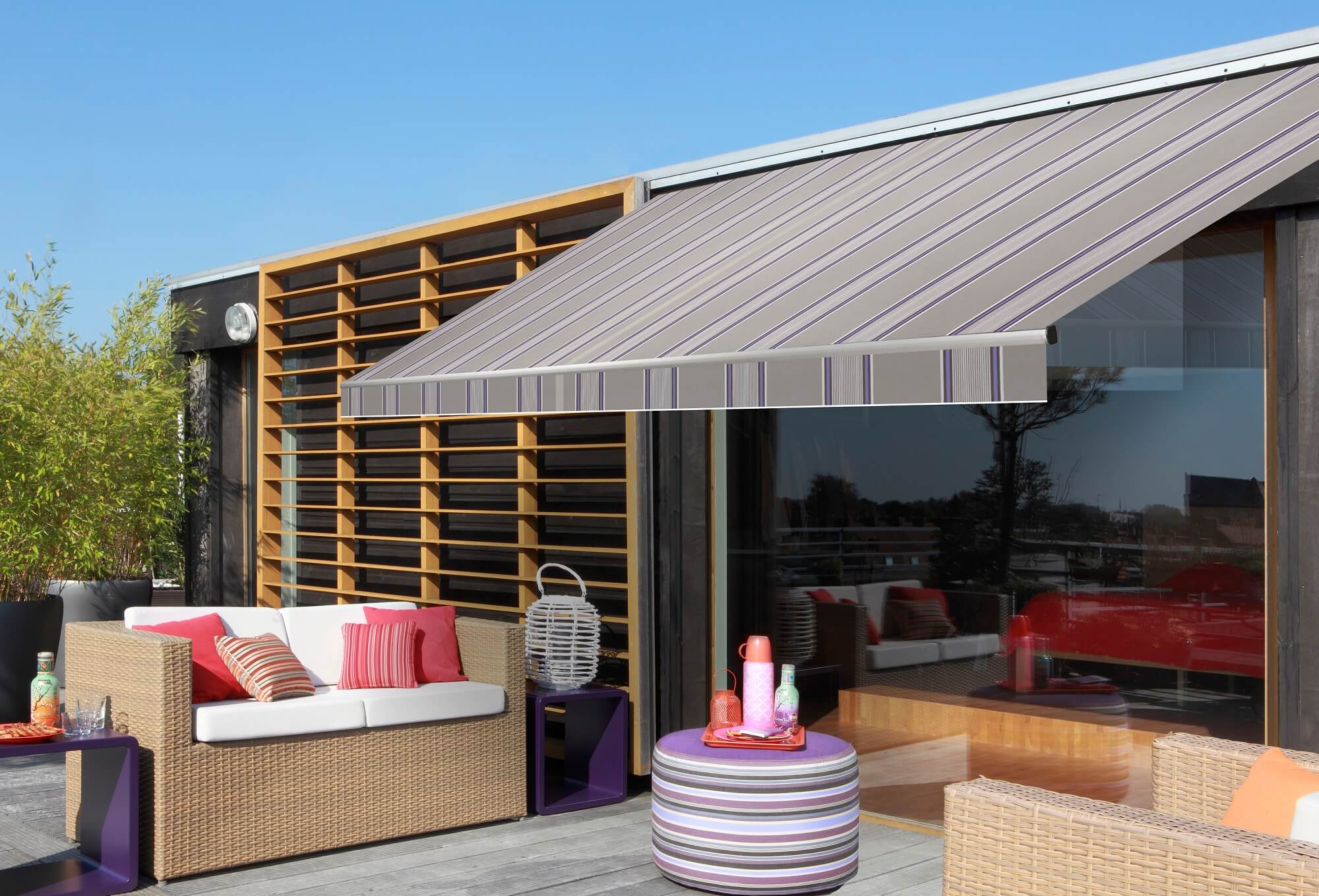
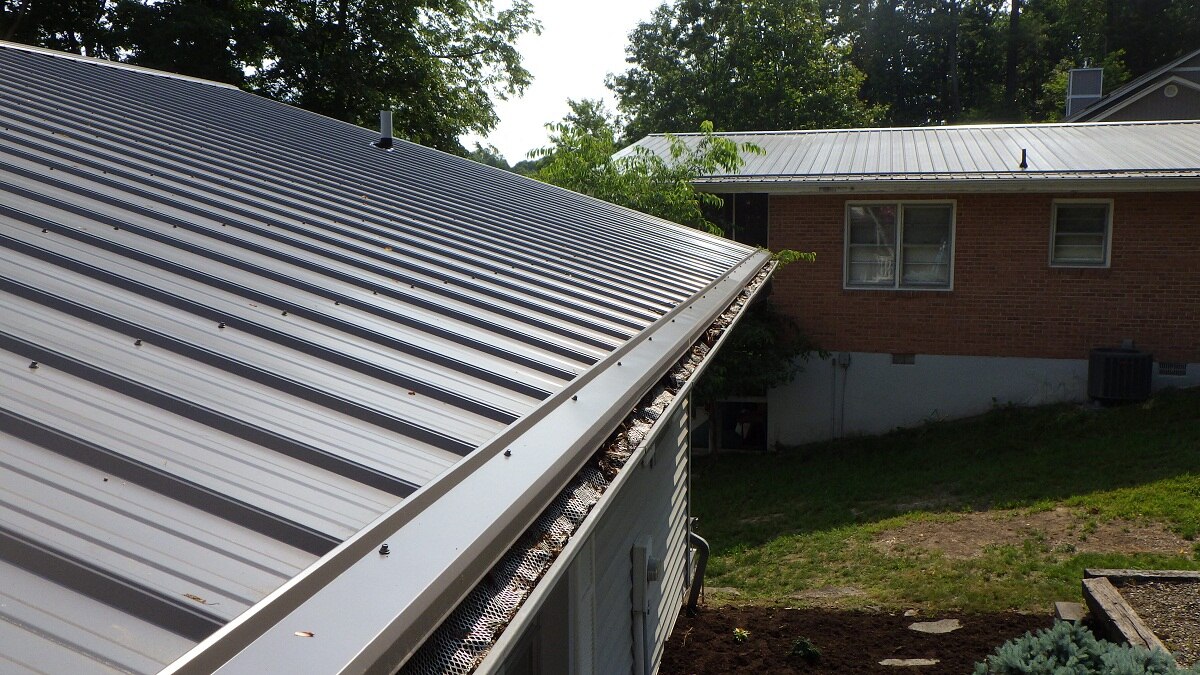

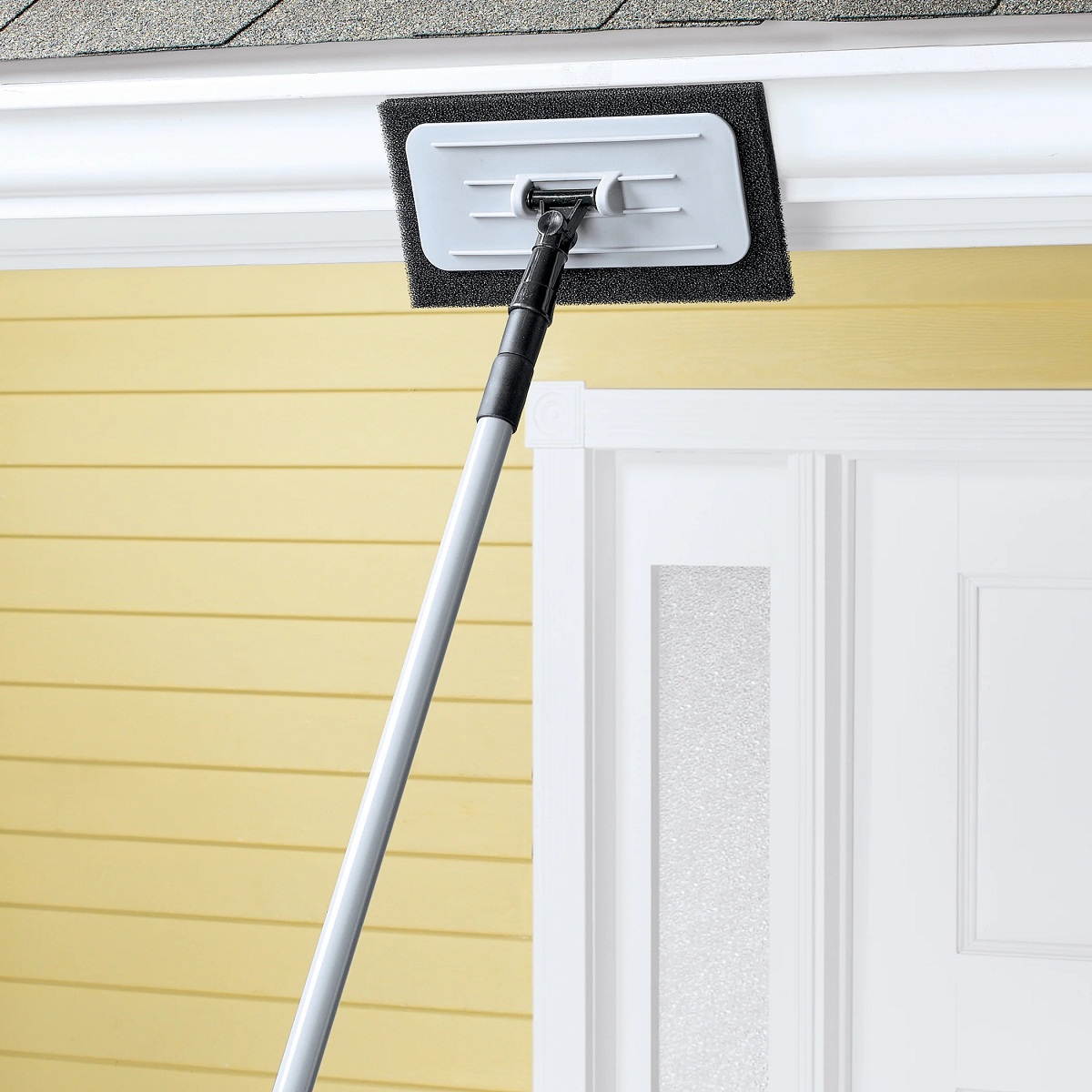
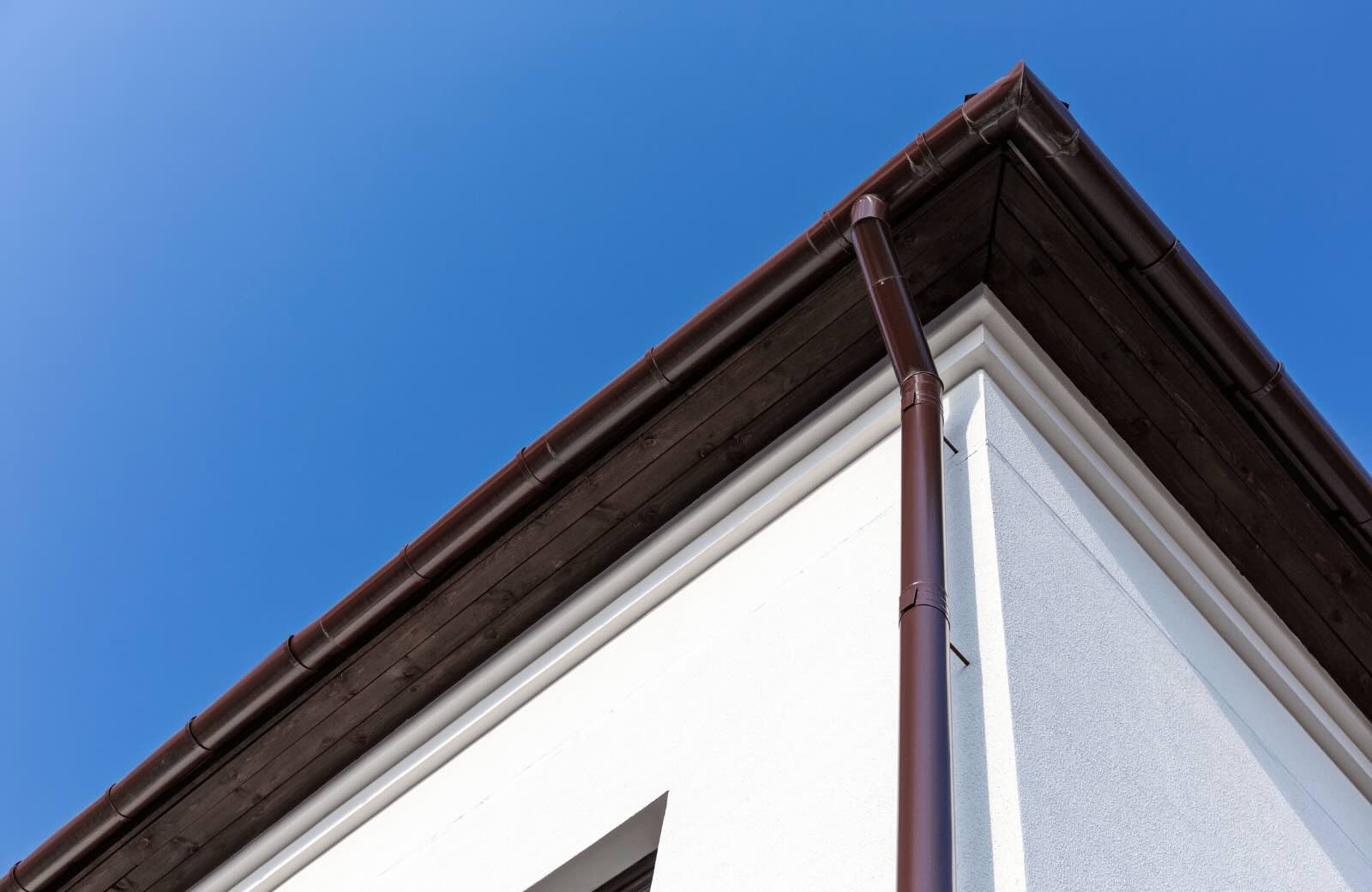


0 thoughts on “How Far Should Gutters Extend Past The Roof”